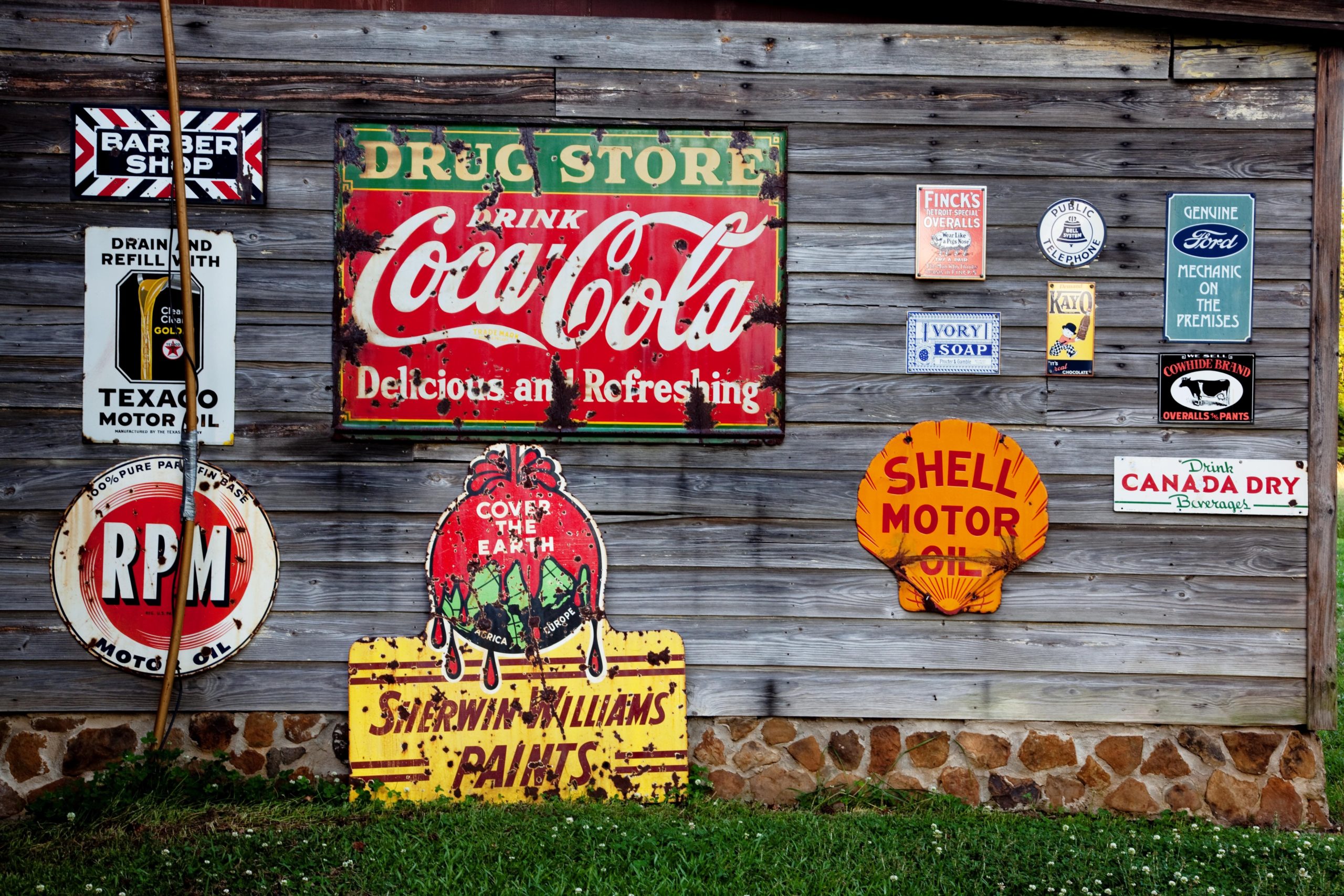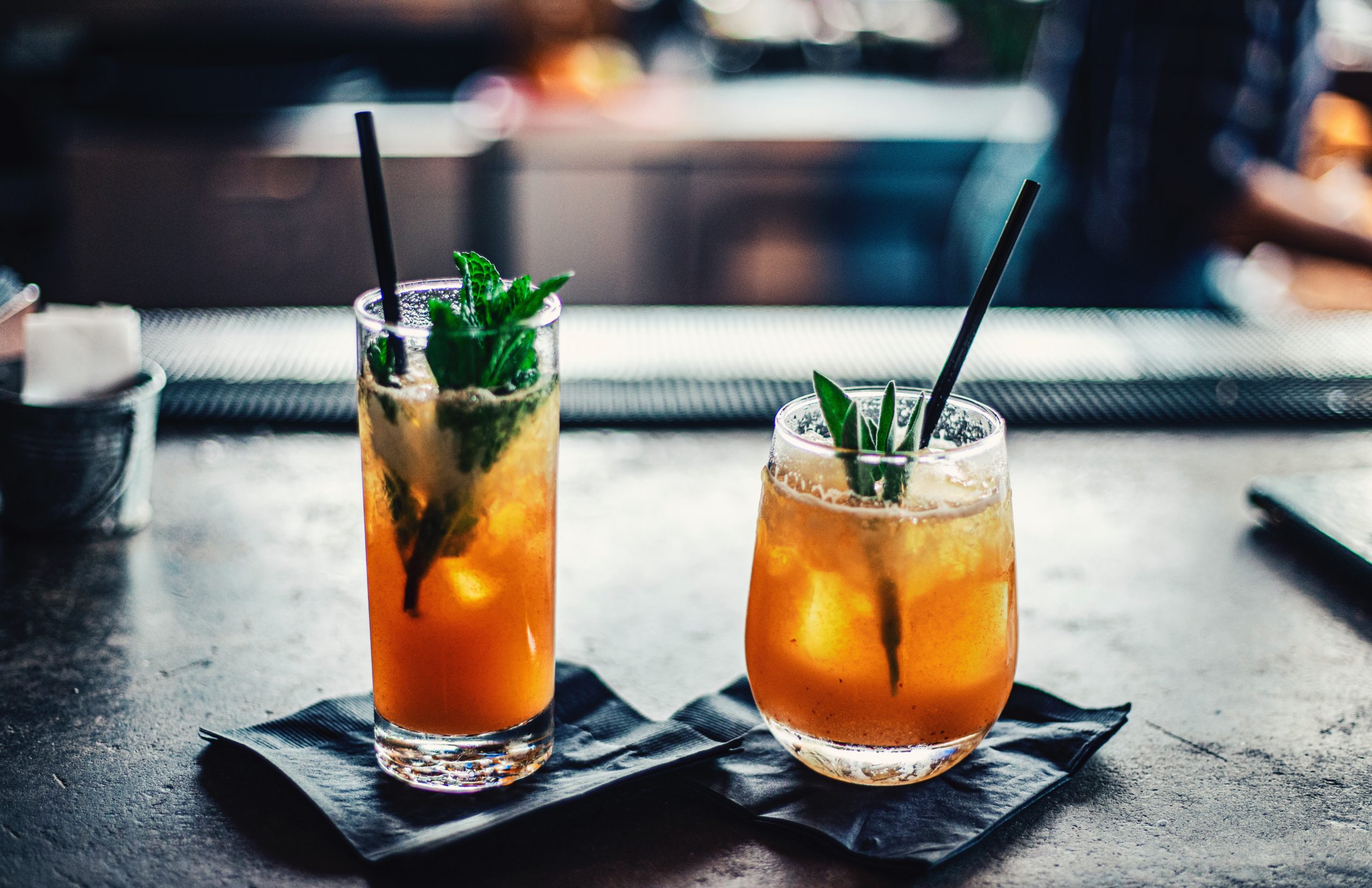
If you are someone who loves cooking and is also a fan of cannabis, then cannabis-infused recipes might be something that you enjoy. However, it is important to calculate the THC content in your cannabis-infused recipes to ensure that you are consuming the right dosage. In this article, we will guide you through the process of calculating the THC content in your cannabis-infused recipes with the help of Yes Cannabis.
What is THC?
Before we dive into the calculation process, it is important to understand what THC is. THC is short for tetrahydrocannabinol, which is the psychoactive compound found in cannabis that is responsible for its “high” effect.
Calculating THC content in cannabis-infused recipes
To calculate the THC content in your cannabis-infused recipes, you need to know the percentage of THC in the cannabis you are using, the weight of the cannabis, and the amount of cannabis used in the recipe. Here is a step-by-step guide to calculating the THC content in your cannabis-infused recipes:
Step 1: Determine the percentage of THC in your cannabis
The percentage of THC in your cannabis will vary depending on the strain and the quality of the product. You can find the percentage of THC on the label of the product or by asking the dispensary where you purchased it from. For example, if the percentage of THC in your cannabis is 20%, this means that for every gram of cannabis, there is 200 milligrams of THC.
Step 2: Calculate the total amount of THC in your cannabis
To calculate the total amount of THC in your cannabis, you need to multiply the weight of the cannabis by the percentage of THC. For example, if you are using 7 grams of cannabis with a THC percentage of 20%, you would multiply 7 by 200 to get 1400 milligrams of THC.
Step 3: Determine the amount of cannabis used in the recipe
To determine the amount of cannabis used in the recipe, you need to weigh the amount of cannabis you used. For example, if you used 2 grams of cannabis in your recipe, you would have 400 milligrams of THC (2 grams x 200 milligrams of THC per gram).
Step 4: Calculate the THC content per serving
To calculate the THC content per serving, you need to divide the amount of THC in the recipe by the number of servings. For example, if you made a batch of brownies that contain 400 milligrams of THC and you cut the batch into 8 pieces, each serving would contain 50 milligrams of THC.
Additional Information: Factors Affecting THC Extraction and Activation
It’s important to note that the process of infusing cannabis into recipes involves the extraction and activation of THC. The extraction process typically involves heating cannabis in a fat or oil-based substance to transfer the cannabinoids, including THC, into the fat or oil. This allows the THC to become more bioavailable and easily absorbed by the body when consumed.
However, there are a few factors that can affect the efficiency of THC extraction and activation, which in turn can affect the final THC content in your cannabis-infused recipes:
- Decarboxylation: Raw cannabis contains tetrahydrocannabinolic acid (THCA), which is non-psychoactive. Decarboxylation is the process of heating cannabis to convert THCA into THC, the psychoactive compound. Proper decarboxylation is crucial for activating the THC in your recipes. Most commonly, decarboxylation is achieved by heating cannabis in an oven at around 240°F (115°C) for about 40-60 minutes
- Strain and Quality: Different cannabis strains can have varying levels of THC, with some strains naturally containing higher THC percentages than others. Additionally, the quality and freshness of the cannabis can impact its potency. It’s essential to know the strain and quality of your cannabis to accurately estimate the THC content in your recipes.
- Extraction Method: The method you use to infuse cannabis into your recipe can affect the THC extraction efficiency. Common methods include using cannabis-infused butter or oil. The duration and temperature at which you infuse the cannabis into the fat or oil can impact the amount of THC that gets extracted. Longer infusion times and higher temperatures can lead to more THC extraction, but it’s essential to find the right balance to avoid degrading the THC or developing a bitter taste.
- Mixing and Homogeneity: Ensuring that the cannabis is evenly distributed throughout your recipe is crucial to achieving consistent THC content in each serving. Uneven mixing can lead to varying THC concentrations, making it difficult to determine the exact dosage in each serving.
Importance of Accurate THC Dosage
Consuming an appropriate THC dosage is essential for a positive and safe experience with cannabis-infused edibles. Understanding the THC content in your recipes allows you to control the potency and tailor the dosage to your preferences and tolerance. It’s crucial to start with lower doses, especially for beginners, and gradually increase the dosage as you become more familiar with your personal tolerance and the effects of THC.
Overconsumption of THC can lead to uncomfortable side effects such as anxiety, paranoia, rapid heartbeat, and impaired coordination. By accurately calculating the THC content in your cannabis-infused recipes, you can avoid the risk of consuming too much THC and have a more enjoyable and controlled experience.
Conclusion
Calculating the THC content in your cannabis-infused recipes is an important step in ensuring a consistent and accurate dosage. By knowing the percentage of THC in your cannabis, calculating the total amount of THC, and determining the amount of cannabis used in your recipe, you can estimate the THC content per serving. Taking into account factors like decarboxylation, strain and quality, extraction methods, and mixing homogeneity will further enhance your ability to achieve a desired and predictable THC potency. Remember to start with lower doses and gradually increase as needed to ensure a safe and enjoyable experience with cannabis edibles.
EXPLORE MORE NEWS
Newsletter




